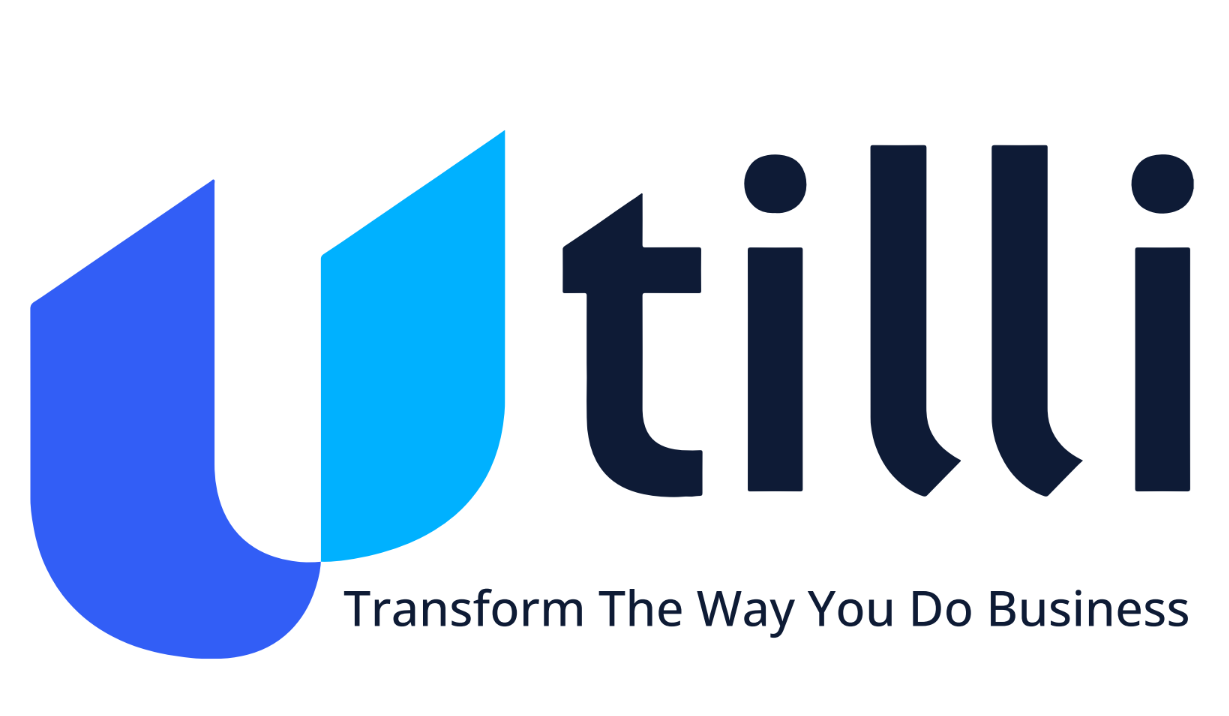Utilities have had two main ways of monitoring their grids in the past. The first has been to use human inspectors and technicians, going out into the field and looking at things manually. The second has been to put sensors in the field, which can send information back to a central data center.But both of these approaches have some limitations. Manual inspections are limited by how many people you can afford to hire and how much time they can spend in the field. And when you’re doing grid management using only sensors located in the field and connected to your central data center, you’re only getting readings from those sensors — you don’t have a complete picture of what’s going on across your grid. Cue cloud-based data and 5G.
5G technology is changing all this by allowing utilities to do more with cloud-based data analysis. For example, you can use 5G technology and big data tools to analyze sensor readings from all over your grid and create predictive models for maintenance scheduling or power demand forecasting. Or you can use 5G technology and cloud-based computing power to run simulations, test out new approaches to grid management, or even help automate routine tasks like outage response.
Utilities are starting to realize that their data is a valuable asset that can be used to make improvements across the business through advanced data analysis. According to a survey from Deloitte of networking executives across industries globally, “58% of respondents are already deploying 5G or running pilots … [twenty-six percent of our power and utilities industry survey respondents report that 5G communications technologies are incorporated into their company’s strategy, while 36% plan to incorporate it.”
For utilities to make the best decisions regarding 5G technology and data analysis, they need to make sure they’re asking the right questions.
In addition to these changes, business models are evolving, too. The proliferation of distributed energy resources (DERs) on distribution systems has put more power into consumers’ hands. DERs now account for about 20% of U.S. total generating capacity and are still growing fast — and it’s projected that by 2023, more than half of all new generating capacity will be from DERs. That means utilities have to think carefully about how they can serve their customers in a new way while also keeping costs low and ensuring they’re getting a fair price for the services they provide.
This evolution requires a serious commitment to data analysis and using technology quickly and efficiently. In some cases, it means partnering with companies that specialize in offering cutting-edge grid services or using open-source software to get what you need without reinventing the wheel yourself.
Product
Nudge
tilliCX
Monay
INDUSTRIES
Utilities
Banking & Finance
Telecommunications
And more...
Company
About Us
Careers
Services
Resources
Case Studies
Blog
Support
Request a Demo
Start Free Trial
Contact
Developers
Monay
Documentation
API Referrence
Nudge
Documentation
API Referrence


Follow Us On Social:

Product
Nudge
UtilliCX
Monay
INDUSTRIES
Utilities
Banking & Finance
Telecommunications
And more...
Company
Services
Resources
Case Studies
Articles
Support
Request a Demo
Start Free Trial
Contact
Developers
Monay
Documentation
API Referrence
Nudge
Documentation
API Referrence
Follow Us On Social



